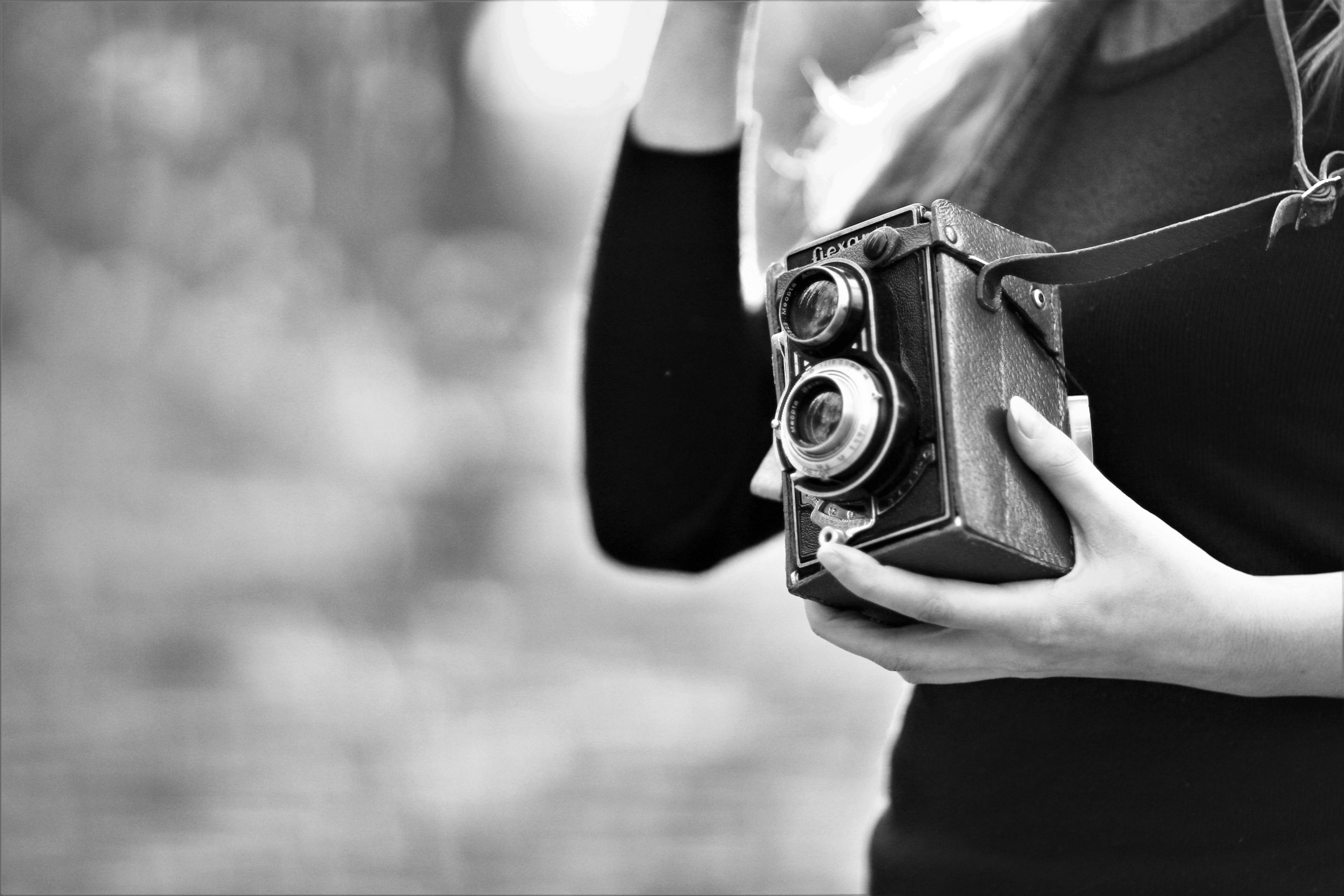
Embarking on a journey through the corridors of photographic history, we shine a light on the legendary figures who, armed with their trusted vintage cameras, have captured moments that continue to enchant and provoke thought. These maestros of the lens remind us that the magic of photography isn’t just in the gear but in the eyes and hearts of those who wield it. Let’s dive into a friendly, modern take on the famous photographers who turned the vintage into timeless.
The Visionaries and Their Tools of Choice:
Ansel Adams and His Beloved View Cameras: Ansel Adams, synonymous with breathtaking landscapes, utilized large format view cameras to achieve the incredible detail and depth in his iconic black-and-white images. These vintage cameras, though bulky by today’s standards, were Adams’ window to the sublime beauty of the American West, showcasing his mastery in manipulating exposure and development to create his signature style.
Henri Cartier-Bresson and the Leica 35mm: Known as the father of street photography, Henri Cartier-Bresson’s choice of camera was the nimble Leica 35mm. Its compact size and quiet shutter allowed him to capture the candid, fleeting moments of life, embodying his philosophy of the “decisive moment.” The Leica wasn’t just a camera for Cartier-Bresson; it was an extension of his vision, blending seamlessly into the rhythm of the streets.
Diane Arbus and Her Rolleiflex: Diane Arbus’s exploration of the fringes of society brought a unique and often unsettling perspective to portrait photography. The Rolleiflex, a medium format twin-lens reflex camera, was her gateway to these intimate portraits. Its waist-level viewfinder allowed for a different angle of engagement with her subjects, enabling the direct and confrontational style that defines her work.
Vivian Maier and the Mysterious Rolleiflex: Vivian Maier, a nanny with a secret passion for photography, roamed the streets with her Rolleiflex. Her posthumously discovered work reveals a gifted eye for composition and a deep empathy for the human condition. Maier’s story is a testament to the unseen and unsung talent that walks among us, capturing life one frame at a time.
Robert Capa and the Compact Contax II: In the heat of battle, Robert Capa reached for his Contax II, a camera that could keep pace with the intensity of war reporting. Its reliability and Capa’s fearless spirit brought us some of the most impactful images of the 20th century, adhering to his belief that “If your pictures aren’t good enough, you aren’t close enough.”
The Legacy Lives On
These photographers, with their vintage cameras, didn’t just capture images; they captured emotions, stories, and moments that define human existence. Their choice of equipment, each with its own set of limitations and possibilities, played a crucial role in their creative expression.
Today, as we navigate the digital age, the legacy of these icons serves as a reminder of the timeless nature of storytelling through imagery. It’s not merely about the resolution, the speed, or the latest technology. At the heart of photography lies the power of the photographer’s vision, the ability to see the extraordinary in the ordinary, and the courage to share that vision with the world.
Whether you’re shooting with the latest DSLR, a smartphone, or a cherished vintage camera, remember the lessons from these pioneers: It’s the eye, the mind, and the heart that make a photograph truly remarkable.



